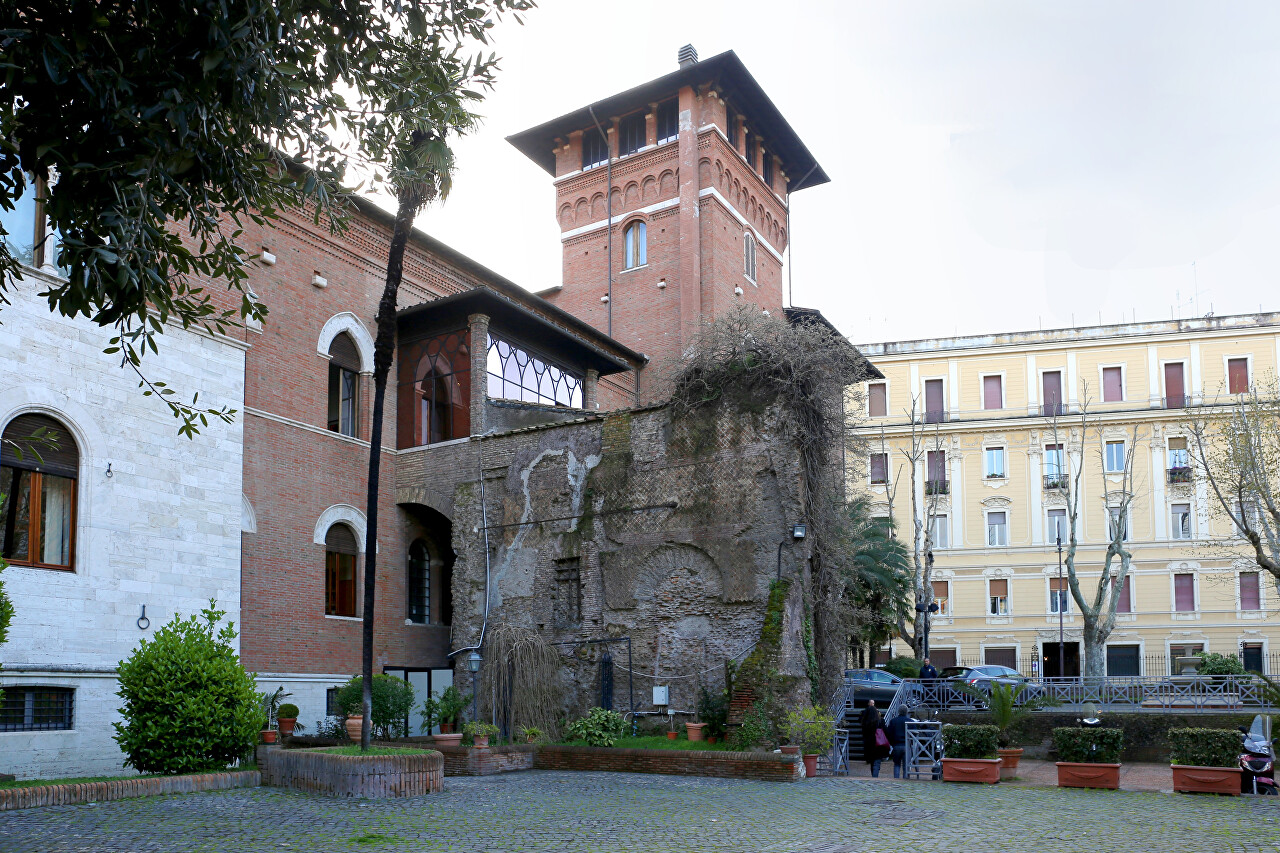Gardens of Sallust
At the eastern end of Via Sallustana is a monument of landscape architecture of Ancient Rome, the remains of the so-called "pleasure garden", owned by the historian Sallust (Horti Sallustani). Gaius Sallustius Crispus was born in 86 BC in a Plebeian family and by 52 became known as the Plebeian tribune (representative of the people in the Senate), supporting Julius Caesar quickly made a career, participated in several military campaigns.
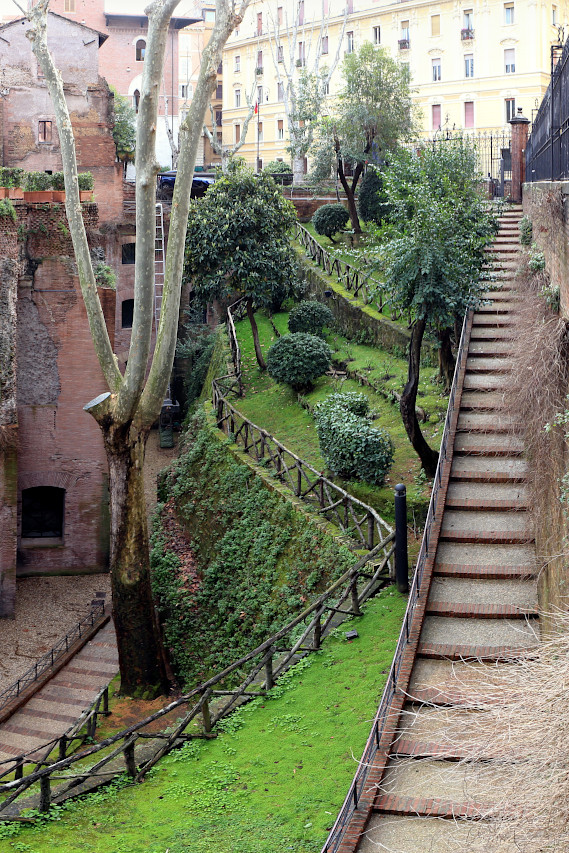
In 44 AD, Sallust was appointed governor of the province of Numidia in northwest Africa. In this position, he greatly enriched himself through corruption, and a year later was dismissed, escaping punishment only thanks to the patronage of Julius Caesar. After returning to Rome, Sallust bought a large plot of land, where he arranged beautiful gardens and began to describe historical events. His Latin manuscripts are considered the earliest known documents of the Roman era.
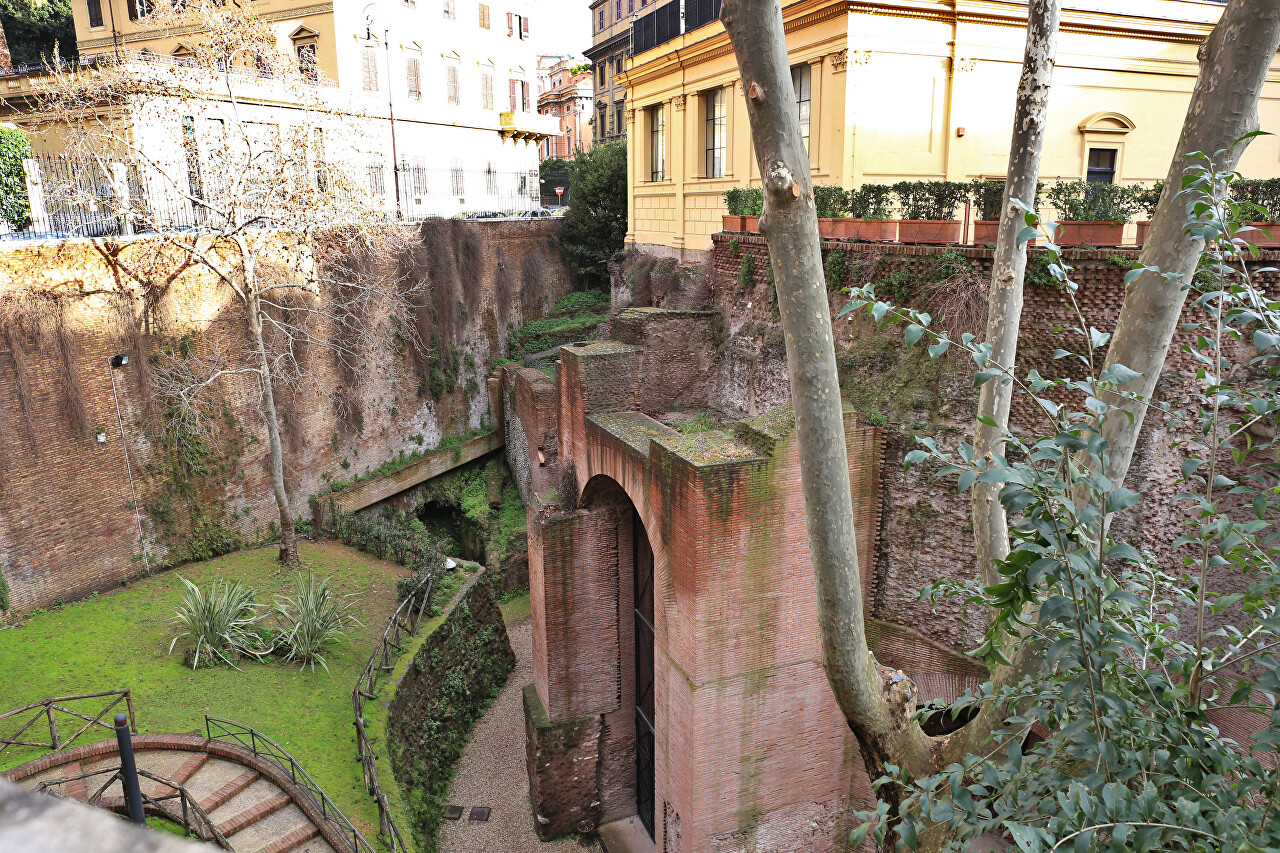
The founder of Roman garden art is considered to be the consul Lucius Lucullus, who built a palace on the Pincio hill in 60 BC. The palace was surrounded by a large landscaped area planted with various vegetation and decorated with gazebos and pavilions for recreation, statues, vases and fountains.
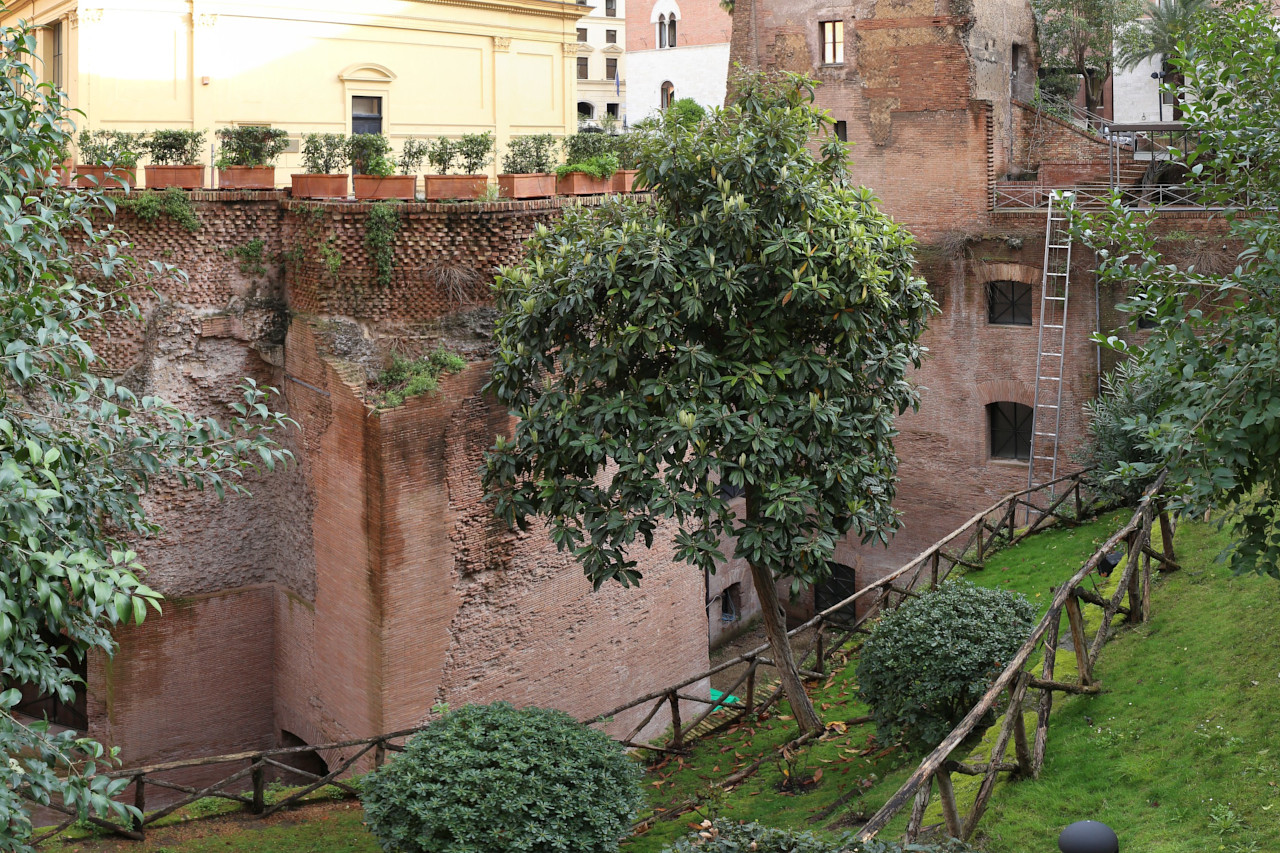
Seeking solitude and quiet in the midst of a densely populated and bustling Rome, other politicians and military leaders have acquired similar gardens. These gardens were named Horthy and by the third century AD surrounded the center of Rome in a continuous green ring.
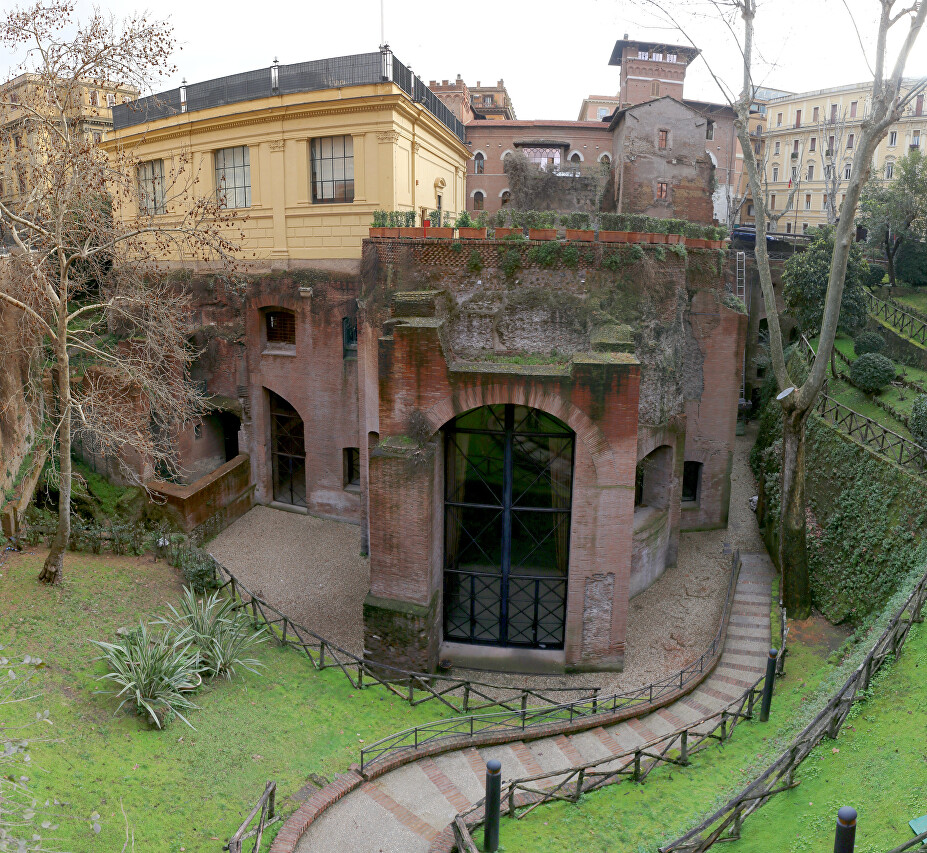
Sallust built the gardens on a plot originally owned by Julius Caesar, which he bought back after the emperor's death. The historian died in 36 BC, after which the gardens passed to his heirs, but eventually became imperial property. For almost five centuries, the gardens served as an auxiliary residence of the highest authority in Rome, each owner bringing something new to their ensemble. The residence was plundered by the Goths in 410, finally abandoned in the sixth century, and then forgotten for more than a thousand years, gradually hiding under the cultural layer.
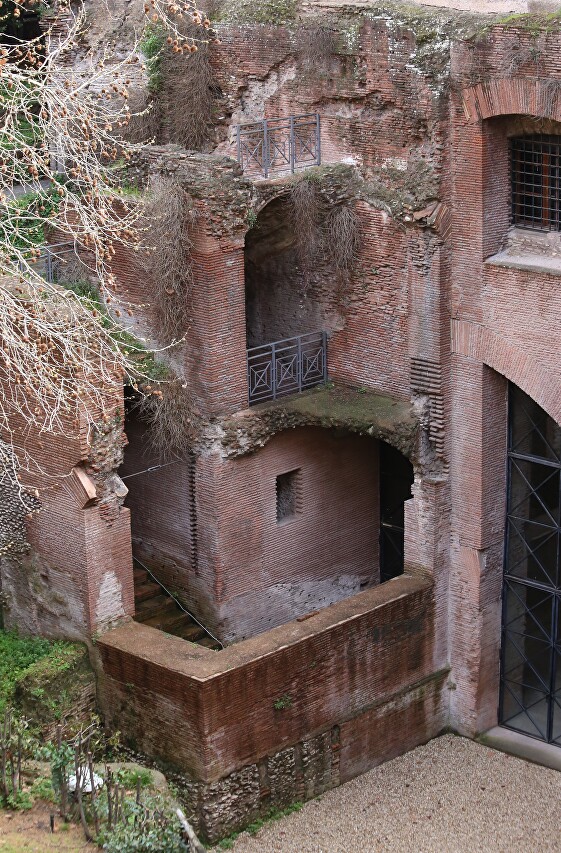
In the 16th and 17th centuries, vineyards were planted on this site, and several statues were discovered. In the 19th century, mass construction began here, as a result, the last remnants of extensive gardens were under the foundations of multi-storey buildings. However, archaeologists managed to unearth and preserve several buildings that are supposed to date back to the Hadrian era.
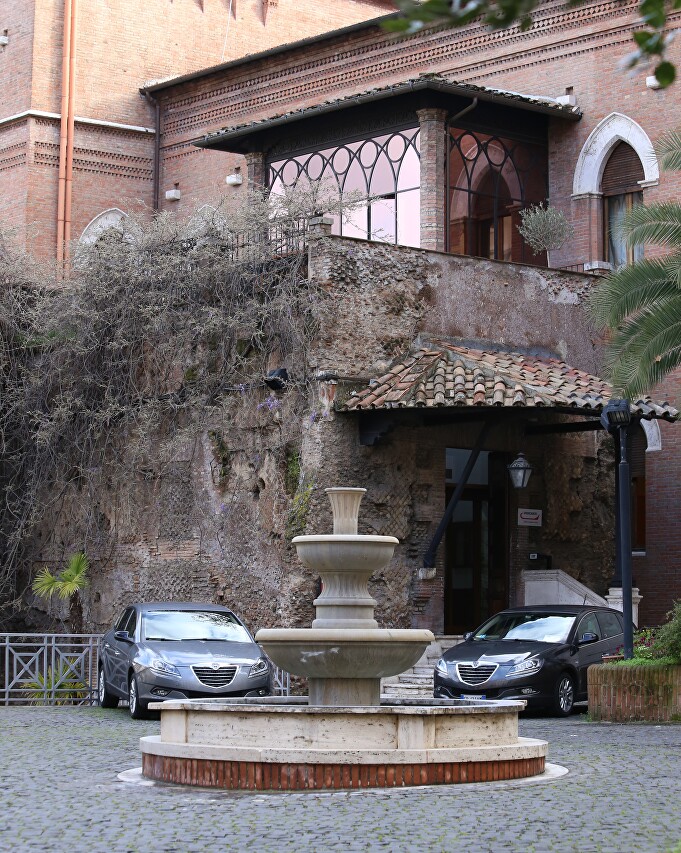
Now we can see the building, located at the bottom of the valley that separates the Quirinale from the Pincio and subsequently filled in. The lowest point of the excavation is located at a depth of 14 meters from the level of modern streets.
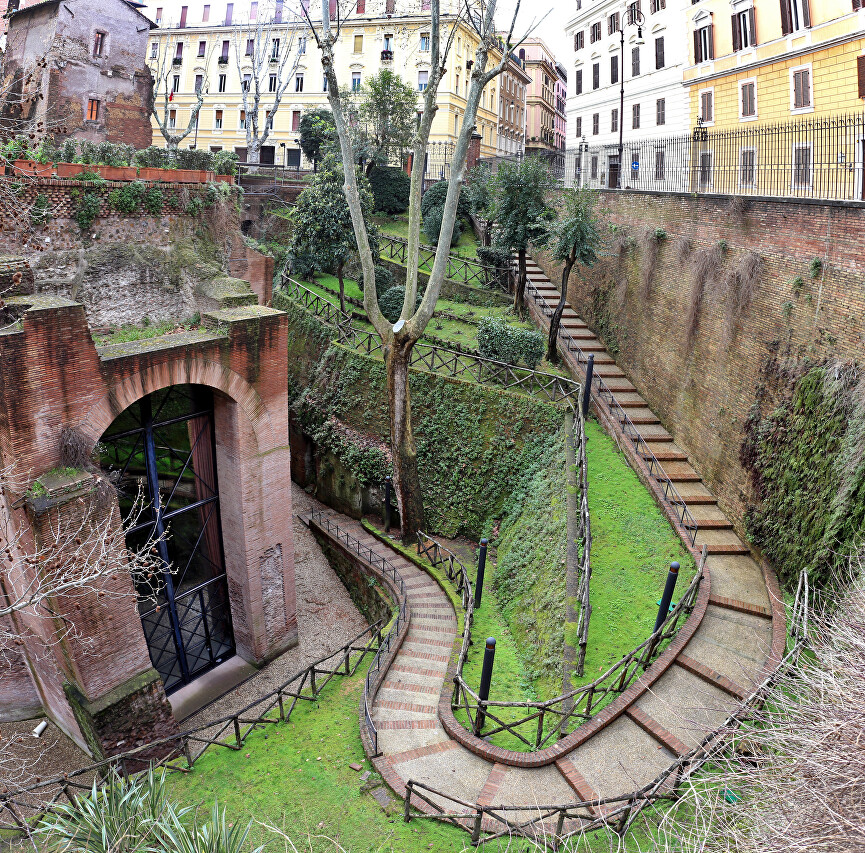
As stories suggest, this part of the villa served as a dining room (triclinium), there were couches (triclinium), lying on which rich Romans indulged in a meal. During the excavations, statues, vases, and remnants of mosaics were found.
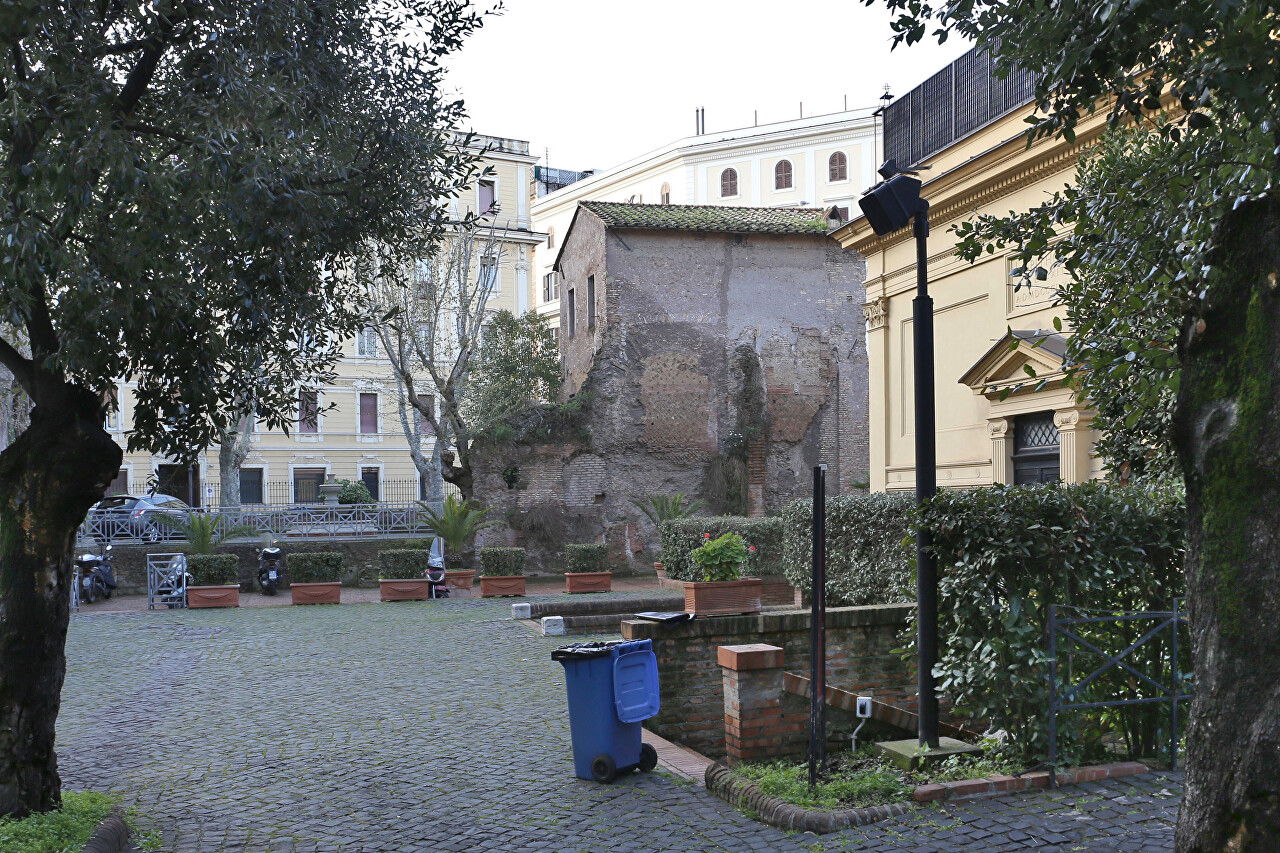
A significant part of the finds were bought by museums and private collections in Europe and the United States. Now there is a hall in the pavilion, which is rented out for various events.
